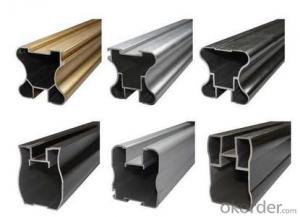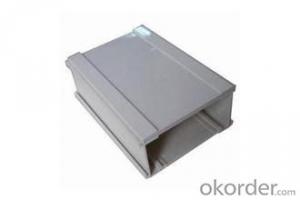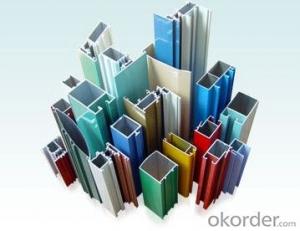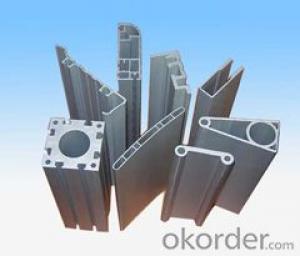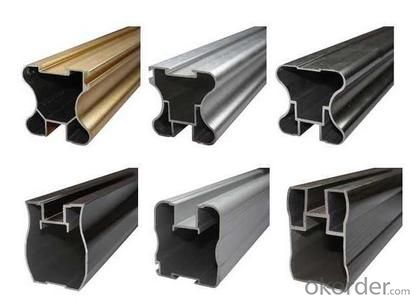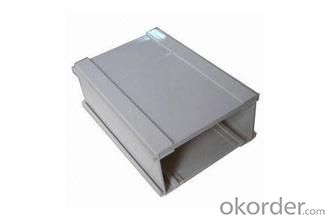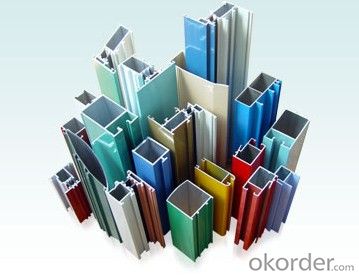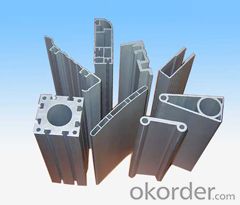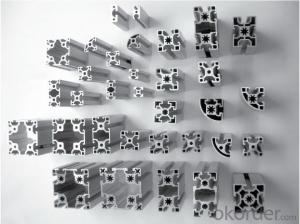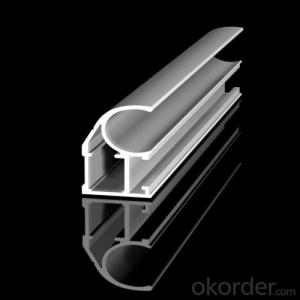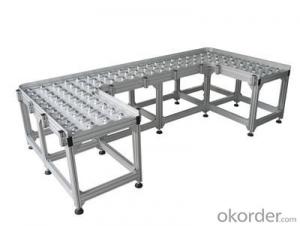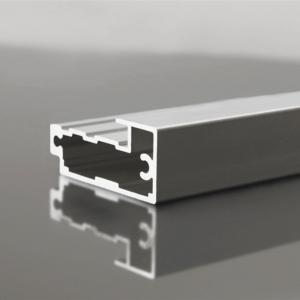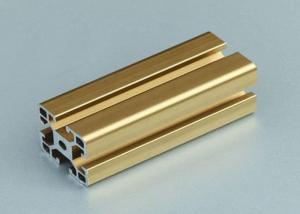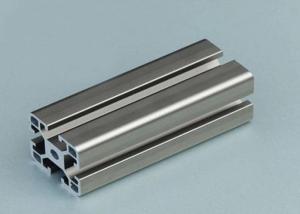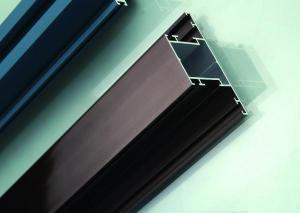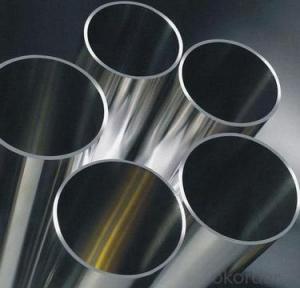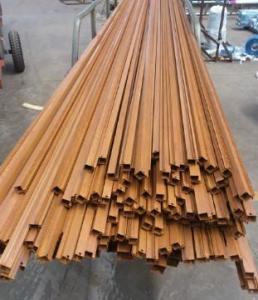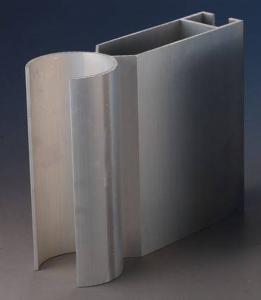Aluminum Channel Profiles 6061, 6063
- Loading Port:
- China Main Port
- Payment Terms:
- TT OR LC
- Min Order Qty:
- -
- Supply Capability:
- -
OKorder Service Pledge
OKorder Financial Service
You Might Also Like
Aluminium is a relatively soft,durable, lightweight, ductile and malleablemetal with appearance ranging from silvery to dull gray,depending on the surface roughness. It is nonmagnetic and does not easilyignite. A fresh film of aluminium serves as a good reflector (approximately92%) of visible light and an excellent reflector (as much as98%) of medium and far infrared radiation. The yield strength of pure aluminium is 7–11 MPa,while aluminium alloys have yield strengths ranging from200 MPa to 600 MPa. Aluminium has about one-third the density and stiffnessof steel. It iseasily machined,cast, drawn and extruded.
Alu Profile:
Material | Alloy 6063,6061,6005or according to customer’s choice |
Temper | T3, T4, T5, T6 |
Surface | Anodize, electrophoresis, powder coating, PVDF coating, wood grain painting, matted, etc. |
Length | Coating 6.5 meters, Anodizing 6.5 meters, Mill finish 5 meters |
Application | Industrial, electrical equipment(TV set, air conditioner, refrigerator, computer), decoration,construction, transportation |
Custom Made | We can package following with customer's request. |
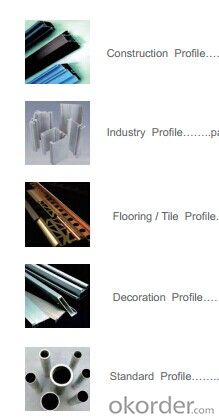
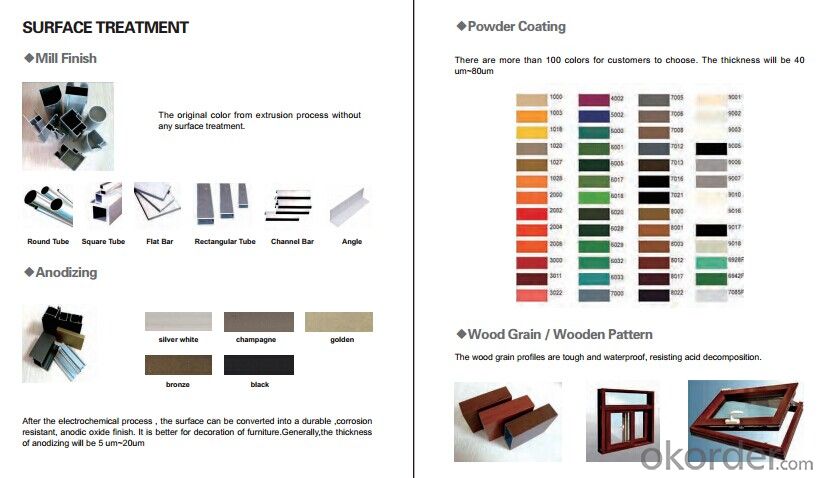
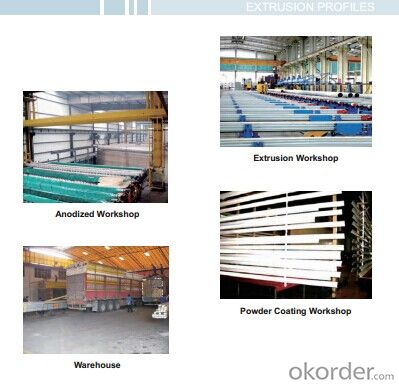
FAQ:
1. What is the form of payment?
Normally 30% TT, L/C at sight
2. Type of quotation?
FOB, CFR, CIF
3. Port of loading?
Guangzhou/Shenzhen port
4. Delivery time?
15-20 days after client’s deposit
- Q: Is it possible to utilize aluminum profiles in the construction or structure of commercial buildings and factories?
- <p>Yes, aluminum profiles are commonly used in commercial buildings and factories due to their strength, durability, and lightweight properties. They are ideal for constructing frameworks, window and door frames, and support structures. The corrosion resistance of aluminum also makes it suitable for industrial environments where exposure to harsh chemicals or weather conditions is a concern. Additionally, aluminum profiles are easy to maintain and can be recycled, contributing to the sustainability of construction projects.</p>
- Q: This question asks about the various types of surface treatments or finishes that can be applied to aluminum profiles.
- <p>Aluminum profiles can be coated with different types of finishes to enhance their appearance, durability, and resistance to corrosion. Some common types of coatings include: 1. Anodizing, which creates a protective oxide layer on the surface. 2. Powder coating, a durable and colorful finish applied through an electrostatic process. 3. Electrophoretic coating, a method that uses electric current to apply a paint-like coating. 4. PVDF coating, a high-performance finish with excellent weather resistance. 5. Thermal spraying, which applies a coating through a high-velocity flame. 6. Vacuum coating, a process that deposits thin layers of material in a vacuum chamber. Each type of coating has specific properties and applications, making them suitable for different environments and uses.</p>
- Q: Aluminum profile 606360056061, T5 and T6 hardness GB, how much?
- Generally divided into Vivtorinox hardness, Rockwell hardness and Vickers hardness and webster hardness. Our enterprises are generally in accordance with webster hardness test, GB 6063-T5 8HW 6063-T6 11.5HW6005-T5 15HW 6005-T6 15HW6061-T5 15HW 6061-T6 15HWIf you need other hardness units, you can refer to the conversion
- Q: This question asks for methods to guarantee the safety and reliability of aluminum profile installations.
- <p>To ensure that the installation of aluminum profiles is safe and reliable, follow these steps: Use high-quality aluminum profiles that meet industry standards. Ensure proper measurements and accurate cuts to fit the profiles perfectly. Use appropriate fasteners and hardware that are compatible with aluminum. Ensure that all connections are secure and that the profiles are properly aligned. Check for any sharp edges or protrusions that could cause injury. Test the stability and load-bearing capacity of the installation to ensure it can handle the expected weight and stress. Regularly inspect and maintain the aluminum profiles to prevent any potential issues.</p>
- Q: How do aluminum profiles perform in vibration isolation applications?
- Aluminum profiles are commonly used in vibration isolation applications due to their excellent mechanical properties. They exhibit high stiffness, durability, and damping characteristics, which help in effectively reducing vibrations. Additionally, their lightweight nature allows for easy installation and portability. Overall, aluminum profiles perform well in vibration isolation applications, providing reliable and efficient solutions.
- Q: Are aluminum profiles suitable for use in roofing or wall systems?
- <p>Yes, aluminum profiles are commonly used for both roofing and wall systems due to their durability, corrosion resistance, and lightweight properties. They offer a modern aesthetic and can be easily integrated into various architectural designs. Aluminum profiles are also known for their strength and flexibility, allowing for the creation of complex shapes and structures. Additionally, they require minimal maintenance and can withstand harsh weather conditions, making them a popular choice for construction projects.</p>
- Q: What does aluminum T1.5 mean?
- It should be wall thickness, 1.5mm, or diagonal reinforcement, 1.5MM
- Q: This question seeks advice on making the aluminum profile production process eco-friendly.
- <p>To ensure an environmentally friendly production process for aluminum profiles, consider the following: Use recycled aluminum whenever possible to reduce the energy needed for production. Implement energy-efficient technologies and machinery in the production line. Minimize waste by optimizing production processes and recycling any aluminum scraps generated. Employ water-saving measures and treat any wastewater before discharge. Reduce emissions by using low-emission fuels and investing in pollution control equipment. Regularly monitor and assess the environmental impact of your operations and strive for continuous improvement.</p>
- Q: What are the different types of fasteners used for aluminum profiles?
- For aluminum profiles, there exists a range of fasteners that are commonly employed. These include: 1. T-slot nuts: These nuts are specifically designed to fit seamlessly into the T-slot grooves found on aluminum profiles. Equipped with a threaded hole, they enable the attachment of bolts, screws, and other fasteners. 2. Bolts and screws: These fasteners serve the purpose of securing aluminum profiles either to each other or to other components. They are available in various lengths and sizes, catering to different applications. 3. Corner brackets: Corner brackets are implemented to establish robust joints between aluminum profiles at right angles. Typically, they are equipped with holes for the easy attachment of screws or bolts. 4. T-bolts: T-bolts resemble regular bolts, with the exception of a T-shaped head that fits snugly into the T-slot grooves of aluminum profiles. This design enables rapid and secure attachment without the need for nuts or additional hardware. 5. Angle brackets: Angle brackets are utilized to establish joints between aluminum profiles at varying angles. Usually featuring holes for screws or bolts, they facilitate the secure connection of profiles. 6. Clamps: Clamps are employed to hold aluminum profiles in place or to affix them to other components. They are available in diverse designs, such as lever clamps or eccentric clamps, and can be effortlessly adjusted and tightened for a secure fit. 7. End caps: These caps are specifically designed to cover the ends of aluminum profiles, offering a polished appearance while safeguarding the profile from debris or potential damage. These examples represent merely a selection of the diverse fasteners employed for aluminum profiles. The choice of fastener ultimately depends on the specific application and the desired level of strength and versatility.
- Q: Can aluminum profiles be used in the automotive industry?
- Indeed, the automotive industry can incorporate aluminum profiles. Lightweight, durable, and corrosion-resistant, these profiles prove ideal for a range of applications in this sector. Commonly employed in the production of car bodies, doors, hoods, and various structural components, aluminum profiles aid in diminishing the overall weight of vehicles. Consequently, this reduction bolsters fuel efficiency and enhances performance. Furthermore, the malleability of aluminum profiles permits effortless extrusion into intricate forms, offering greater design adaptability and innovative solutions in automotive manufacturing.
Send your message to us
Aluminum Channel Profiles 6061, 6063
- Loading Port:
- China Main Port
- Payment Terms:
- TT OR LC
- Min Order Qty:
- -
- Supply Capability:
- -
OKorder Service Pledge
OKorder Financial Service
Similar products
Hot products
Hot Searches
Related keywords
